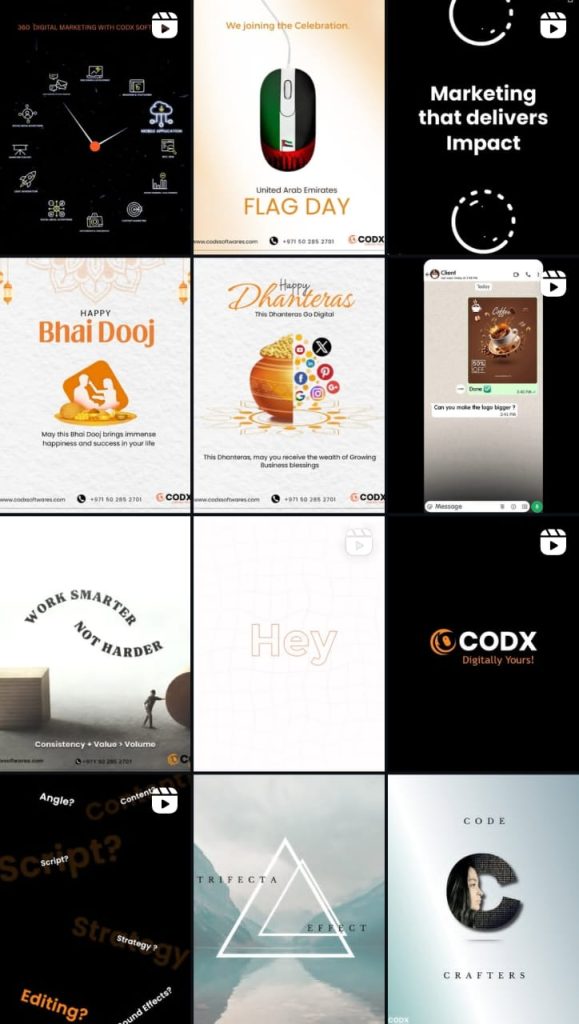E-commerce is a tough field, and to succeed, you need to turn website visitors into loyal customers. The key to winning this battle is by optimizing your product pages. With engaging and informative product pages, you can transform your online store into a conversion machine.
The price and quality of a product aren’t the only things that make a customer click “add to cart.” Optimizing your e-commerce product pages ensures that each page not only encourages visitors to buy but also makes the process easy and enjoyable.
What is Product Page Optimization?
Product page optimization is about making your online product pages better in terms of content, design, and functionality. The goal is to boost conversions, increase sales, and make sure users are happy with their experience. Just like store owners arrange products to catch the eye of shoppers, e-commerce business owners need to set up their product pages to attract online visitors.
This isn’t just about making things look good; it’s about creating an experience that smoothly guides visitors from being interested to making a purchase.
Conducting In-depth Keyword Research for Product Page Optimization

To build a successful product page, start with thorough keyword research. Identify the main benefits of your product. What problems does it solve? What features does it offer? Finding the right keywords ensures your product pages are easily found by your target audience.
Focus on long-tail keywords that capture specific search intent. This improves your page’s visibility and attracts more qualified leads. Use these keywords naturally in your content for better SEO. E-commerce website builders like i.am.retailer offer keyword optimization tools that can help list your products effectively.
Crafting Compelling and Persuasive Product Descriptions
Your product descriptions are like a virtual sales pitch. Instead of just listing features, highlight the benefits that resonate with your audience. Emphasize the unique selling points (USPs) that make your product stand out. Use storytelling techniques to create an emotional connection and show real-world applications. Use persuasive language that creates desire and urgency.
Enhancing Visual Appeal with High-Quality Images and Videos
Humans are visual creatures, and high-quality images and videos can make or break a sale. Using high-quality product images can increase conversion rates by 10%, so invest in professional photography. Product demonstration videos help customers understand how the product works and its benefits. You can add product videos to the gallery with i.am.retailer to boost sales.
Implementing Clear and User-Friendly Navigation on Product Pages
The navigation on your product pages should be intuitive and user-friendly. Use easy-to-use menus and filters to help customers narrow down their choices quickly. Breadcrumb navigation provides context and makes it easy for users to backtrack. Ensure the “Add to Cart” button is prominently displayed and easily accessible throughout the page.
Incorporating Social Proof to Build Trust and Credibility
Building trust online is crucial. Customer reviews and ratings are powerful forms of social proof. Display genuine feedback from satisfied customers to build confidence in potential buyers. Studies show that adding customer reviews to product pages can increase conversion rates by 27%. Testimonials from industry influencers can also add credibility to your products and brand. Features in i.am.retailer can help you display only genuine feedback.
Optimizing Page Load Speed for a Seamless User Experience
In the fast-paced online world, every second counts. Slow-loading pages can frustrate users and lead to abandoned carts. Use techniques like image compression and caching to ensure fast page load times. A seamless user experience not only improves customer satisfaction but also boosts search engine rankings.
Implementing Effective Call-to-Actions (CTAs) to Drive Conversions
A well-placed and visually striking call-to-action (CTA) can drive conversions. Craft CTAs that guide users through the buying process with persuasive language. Use contrasting colors to make the CTA button stand out. Whether it’s “Buy Now” or “Add to Cart,” the CTA should be clear and direct. Reducing the number of clicks needed to add a product to the cart can increase conversion rates by 15%.
Importance of E-commerce Product Page Optimization

Enhanced User Experience: Optimized product pages give a better user experience. By showing relevant product information, images, and reviews, you cater to what your customers need and prefer.
Reduced Returns and Customer Service Inquiries: Clear and detailed product pages help shoppers buy the right product the first time. This means fewer returns and fewer customer service inquiries, saving you time and money.
Improved Cross: Selling and Upselling Opportunities:Good product pages often suggest related or complementary products. Placing these items strategically with persuasive descriptions can increase cross-selling and upselling, boosting your average order value.
Better Search Engine Visibility: Search engines like Google rank well-optimized product pages higher. When your pages have the right keywords, meta tags, and schema markup, they are more likely to appear in search results, bringing more organic traffic and visibility.
Competitive Advantage: In the crowded e-commerce world, optimized product pages make you stand out. They show professionalism, trustworthiness, and attention to detail, helping convince hesitant shoppers to choose your products over your competitors.
FAQ
Why optimize product pages?
Optimizing product pages is crucial because it improves the user experience, boosts your visibility in search engines, and ultimately drives higher conversion rates and sales for your e-commerce store.
How to get high-quality product photos for your product pages?
To get high-quality product photos, invest in professional photography equipment, use proper lighting techniques, and consider hiring skilled photographers. You can also use photo editing software to ensure your e-commerce store has plenty of attractive images to choose from.
Key Elements of an Optimized E-commerce Product Page ?
An optimized e-commerce product page should include:
– High-quality images that show the product from multiple angles.
– Clear and concise product descriptions with essential details.
– A visible and compelling call-to-action (CTA) for quick purchases.
– Customer reviews and ratings to build trust.
– Pricing information and any applicable discounts.
– Cross-sell or upsell options.
What Should Be Included in a Product Description?
A product description should be informative, persuasive, and SEO-friendly. Include details like:
– Product specifications and features.
– Benefits and how it solves a problem.
– Usage tips or application ideas.
– Unique selling points that differentiate it from competitors.
Common Mistakes to Avoid When Optimizing Product Pages?
– Using low-quality images or not offering multiple views.
– Providing vague or incomplete product descriptions.
– Overloading the page with distracting elements.
– Neglecting mobile responsiveness.
– Ignoring search engine optimization for product titles and descriptions.
Tools and Platforms to Help Streamline E-commerce Product Page Optimization ?
Several tools and platforms can simplify the optimization process:
– Google Analytics: For tracking user behavior.
– A/B Testing Tools: Like Optimizely, FigPii, or VWO for experimenting.
– Content Management Systems (CMS): Such as Shopify or WordPress with e-commerce plugins.
– SEO Tools: SEMrush or Moz for keyword research and optimization.
An optimized e-commerce product page should include:
– High-quality images that show the product from multiple angles.
– Clear and concise product descriptions with essential details.
– A visible and compelling call-to-action (CTA) for quick purchases.
– Customer reviews and ratings to build trust.
– Pricing information and any applicable discounts.
– Cross-sell or upsell options.
Common Mistakes to Avoid When Optimizing Product Pages ?
– Using low-quality images or not offering multiple views.
– Providing vague or incomplete product descriptions.
– Overloading the page with distracting elements.
– Neglecting mobile responsiveness.
– Ignoring search engine optimization for product titles and descriptions.
Tools and Platforms to Help Streamline E-commerce Product Page Optimization ?
Several tools and platforms can simplify the optimization process:
– Google Analytics: For tracking user behavior.
– A/B Testing Tools: Like Optimizely, FigPii, or VWO for experimenting.
– Content Management Systems (CMS): Such as Shopify or WordPress with e-commerce plugins.
– SEO Tools: SEMrush or Moz for keyword research and optimization.
Conclusion
The path to e-commerce success lies in offering a smooth user experience and optimized product pages. By using keyword research, engaging content, appealing visuals, easy navigation, social proof, fast loading times, and strong calls-to-action (CTAs), you create a shopping environment that turns visitors into loyal customers.
Keep an eye on your product page performance with analytics tools and adjust your strategies to match changing customer preferences. These ongoing optimization efforts will lead to higher conversion rates and steady online sales growth.
As an award-winning agency, Codx takes pride not just in the digital solutions we offer our partners but also in our advisory expertise. We are here to help you create the perfect plan for your exciting new business venture. Whether you are just starting out or considering the idea, we’ve got you covered.
Contact us today and let’s discuss how we can develop a customized metaverse strategy to position your brand for success in the e-commerce revolution!
Book your free consultation now.






